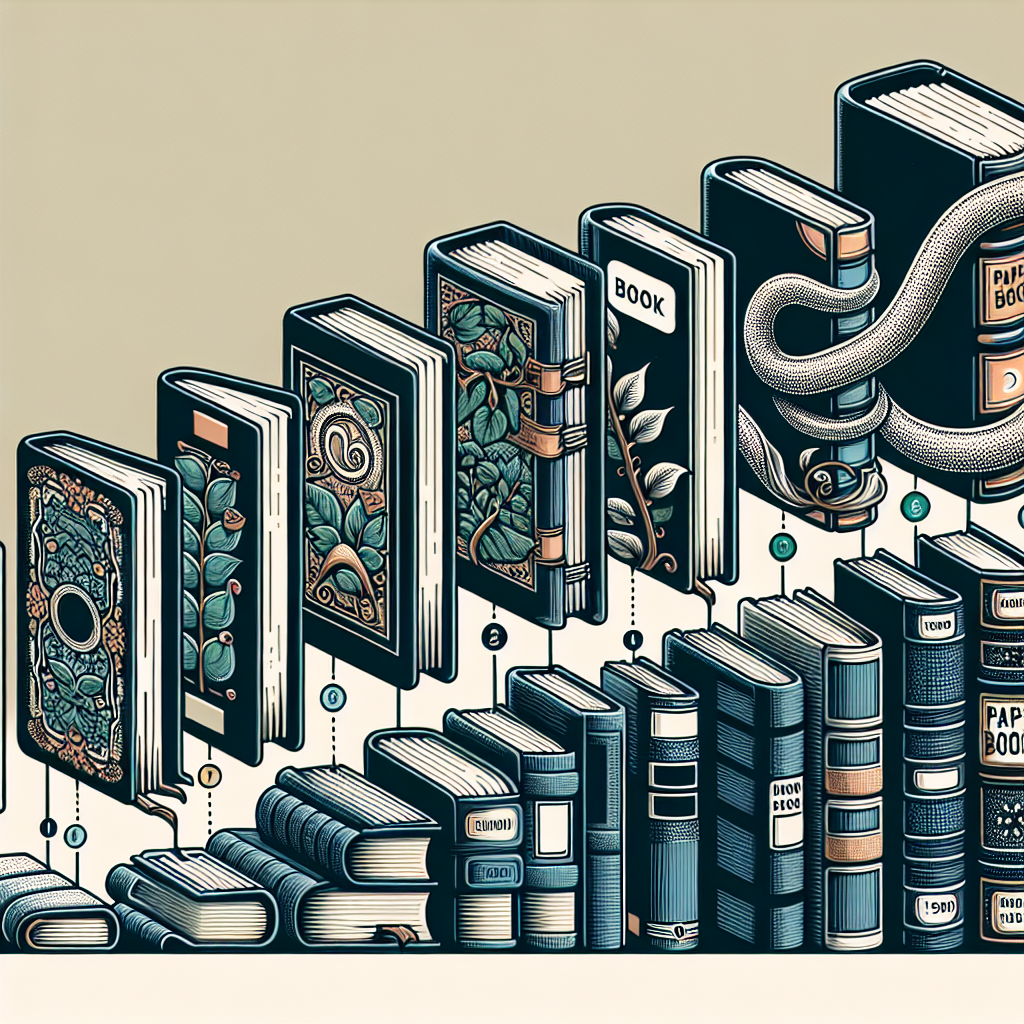Paperback books have become a staple in the world of literature, offering readers a convenient and affordable way to enjoy their favorite stories. But have you ever wondered about the history and evolution of paperback books? Let’s take a closer look at how these portable and accessible books have changed over the years.
The concept of paperback books dates back to the 19th century, with the introduction of dime novels in the United States. These small, inexpensive books were sold for just ten cents, making them accessible to a wide audience. Dime novels were often filled with thrilling stories of adventure, romance, and mystery, capturing the imagination of readers across the country.
In the early 20th century, paperback books began to gain popularity in Europe as well. Penguin Books, a British publishing company, revolutionized the industry with the introduction of the Penguin paperback in 1935. These mass-produced, affordable books featured distinctive orange and white covers, making them easily recognizable on bookstore shelves. Penguin Books helped to democratize literature, making classic works of fiction and non-fiction accessible to a wider audience.
During World War II, paperback books became even more popular as a form of entertainment for soldiers serving overseas. Armed Services Editions, small paperback books distributed to military personnel, provided soldiers with a welcome distraction from the hardships of war. These books helped to boost morale and provide a sense of connection to the world back home.
In the post-war years, the paperback book industry continued to grow, with new publishers entering the market and expanding the range of genres available in paperback format. Science fiction, romance, and mystery novels became popular choices for paperback publication, appealing to a diverse range of readers.
The 1960s and 70s saw a boom in the paperback book industry, with the rise of mass-market paperbacks and the advent of bestseller lists. Authors like Stephen King, Danielle Steel, and John Grisham became household names, thanks in part to the success of their paperback books. These mass-market paperbacks were sold in grocery stores, drugstores, and other non-traditional book outlets, reaching a wider audience than ever before.
In recent years, the rise of e-books and digital publishing has posed a new challenge to the paperback book industry. However, paperback books continue to hold a special place in the hearts of readers around the world. There is something timeless and comforting about holding a physical book in your hands, turning the pages and immersing yourself in a story.
Today, paperback books continue to evolve, with new formats and editions catering to the changing tastes of readers. From trade paperbacks to graphic novels, there is a paperback book for every reader and every genre. Whether you prefer the feel of a well-loved paperback in your hands or the convenience of an e-book on your device, there is no denying the enduring appeal of paperback books in the world of literature.


Leave a Reply